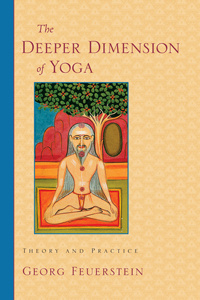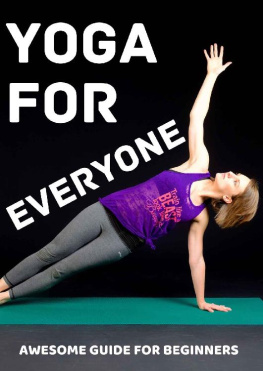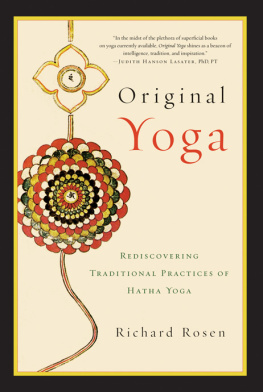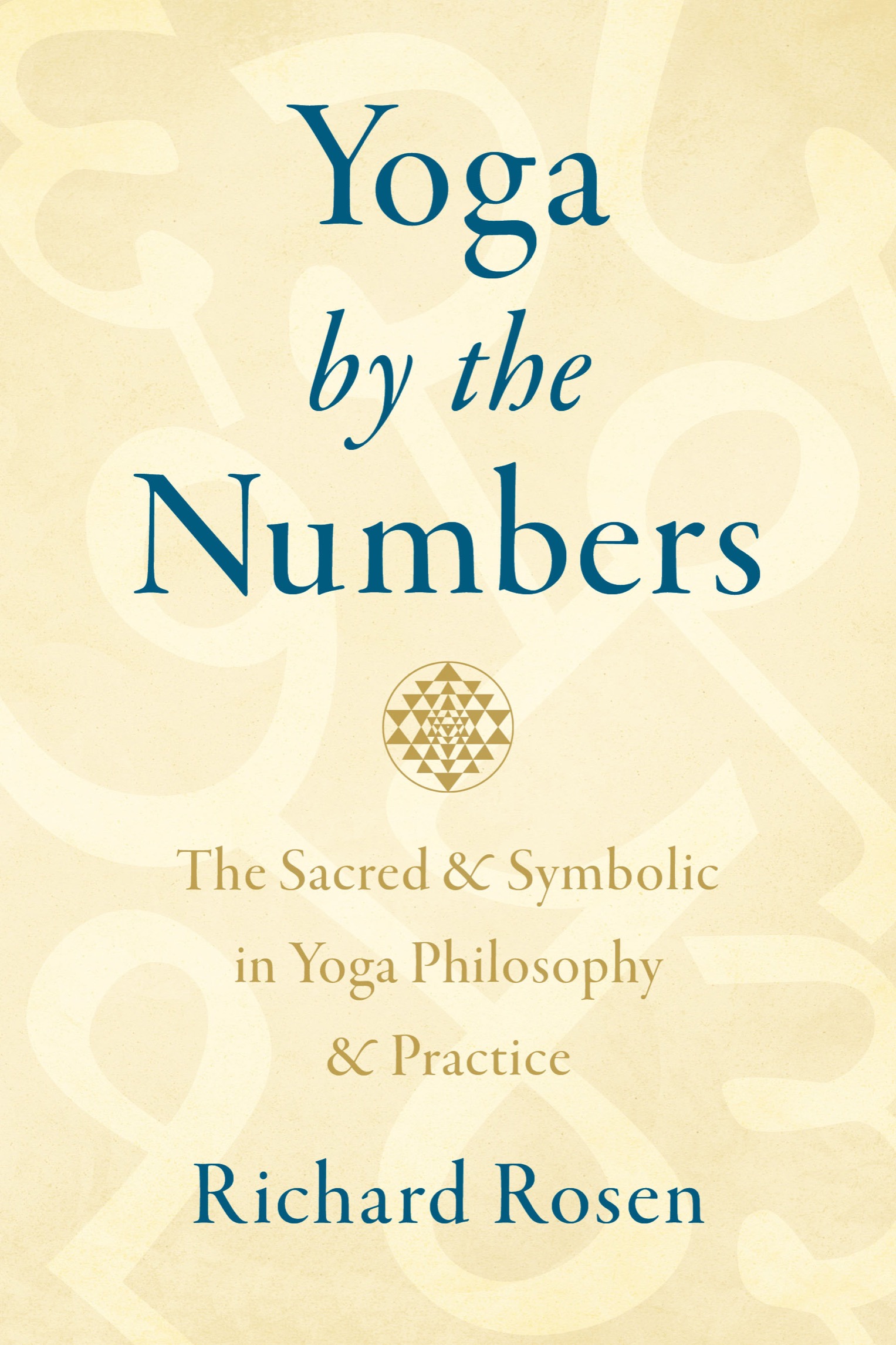As always, many thanks to Beth Frankl at Shambhala Publications for her patience and unstinting support. Id also like to acknowledge my late friend and mentor, Georg Feuerstein, whose Spirituality by the Numbers provided the inspiration for this book. As always, whatever is right and good in this book comes from my teachers, all the mistakes are mine alone.
Introduction
The old yogis loved numbers, small and big and everything in between. Just as we do today, they used numbers for practical ends: they counted with them, measured, regulated, organized, compared and contrasted, and made connections. But they also used many of those same numbers to tell a story within the story they were numbering, often with an unexpected twist that induced what can only be described as a meditative state.
Take, for example, the yogis Brahman, the Absolute, from whom the universe emerged, through whom its sustained, and by whom it will be withdrawn into itself at the end of its life cycle. Imagine, such inconceivable power, and yet one of Brahmans alternate names is shunya, which translates into English as void and zero. How is it possible for an entire universe, which as we know today is home to at least two trillion galaxies, to the born from, well, nothing?
Well come back to this soon.
I was well awareI thoughtthat there were lots of numbers in the literature, so imagine my surpriseshock might not even be too strong a word to describe my reactionwhen my research in the old texts unearthed way more numbers than I knew what to do with. Considering the agreed-upon length of the finished version of Yoga by the Numbers, it simply wouldnt be possible to include all Id collected, not to mention those I anticipated were yet to be found. A good portion of them would have to be left out in the cold. I briefly considered changing my title to Yoga by Some of the Numbers, but in the end decided against it.
There were two questions I had to answer before writing could proceed. One, among all the numbers stuffing my computers memory, which should I include and why? And two, under each general number, which specific instances of that number should I include and why?
The first question was fairly easy to answer. I concluded it would make the most sense to focus on the most common numbers distributed throughout the literature0 through 10and yes, zero is a number and a rather significant one in the yogis world.
I also decided on something a bit off the beaten track. Even though number systems have been around since about 4000 BCE, none of them had a zero until it was invented, perhaps in the seventh century CE. Theres no argument that the inventor was an Indian, but theres plenty of controversy over who that Indian was. Whoever it was, after more than 4,500 years with no zero, mathematicians and historians agree this invention is one of the crowning achievements of Indian culture, one that enormously benefited all humankind.
I wanted to include the story of zero, but in order to do so, I had to establish a connection between it and Indian spirituality and yoga. Happily, I found several reputable scholars who maintained there was such a connection, and so the first chapter youll come to will focus on zero.
The second question wasnt quite as easy to answer. A few of the numbers3, 4, and 5 in particularare rife with possible subjects. Most of these are mainstream items that would be most relevant and meaningful to modern students. But there were other items that, while not exactly mainstream and probably less relevant, were nonetheless interesting or amusing in their own way. In the end I settled on a combination of both, leaning a little more toward the mainstream.













